Estimated reading time: 6 minutes
As dog owners, we all face moments when our furry friends seem afraid of something we can’t comprehend. One of the most puzzling behaviors is when our dog is scared of other dogs. In this article, we’ll dig into why this happens, how to spot the signs, and offer tips on helping your dog beat their fears.
Possible Reasons for Your Dog’s Fear of Other Dogs
Not enough socializing
If your dog didn’t meet many other dogs while growing up, they could be scared now. Early socialization is essential in exposing puppies to various experiences, environments, and other dogs, which can help prevent fear and anxiety later in life. Missed opportunities for socialization during their critical developmental period may contribute to a dog’s fear of other dogs.
Bad experiences
A scary encounter with another dog can leave a lasting fear. These negative experiences might include being attacked, bullied, or feeling threatened by another dog. The memory of the traumatic event may cause your dog to feel fear when encountering other dogs in the future.
Genes and personality
Some breeds or individual dogs might be more anxious by nature. Genetics play a role in a dog’s temperament, which means that certain breeds or individual dogs may have a predisposition to fear and anxiety.
Being overprotective
Your dog might be scared of other dogs because they want to keep you safe. They might perceive other dogs as a threat to you or themselves, leading to fearful behavior.
Copying your feelings
If you’re nervous around other dogs, your dog could pick up on that and become scared too. Dogs are incredibly intuitive and can sense their owner’s emotions. If you’re feeling tense or anxious around other dogs, your dog might mirror your emotions and become fearful as well.
Spotting the Signs
Reading Their Body Language
To figure out if your dog is scared, watch their body language. Look for these signs:
- Tucking their tail: When a dog tucks its tail between its legs, it’s often a sign of fear or submission.
- Ears flat against their head: Dogs will flatten their ears when they’re feeling anxious or frightened.
- Crouching or shaking: A scared dog might crouch close to the ground or tremble.
- Growling or snapping: Fearful dogs may growl or snap as a defensive behavior.
- Not making eye contact with other dogs: Avoiding eye contact is a way for a scared dog to prevent conflict.
Noticing New Behaviors
If your dog starts acting differently around other dogs, it might be fear. Watch for:
- Avoiding walks: A fearful dog might be reluctant to go on walks if they’re scared of encountering other dogs.
- Being aggressive or reactive on a leash: Fearful dogs may become aggressive when on a leash as they feel trapped and unable to escape the perceived threat.
- Barking a lot at other dogs: Excessive barking can be a sign that your dog is feeling threatened by other dogs and is trying to communicate their fear.
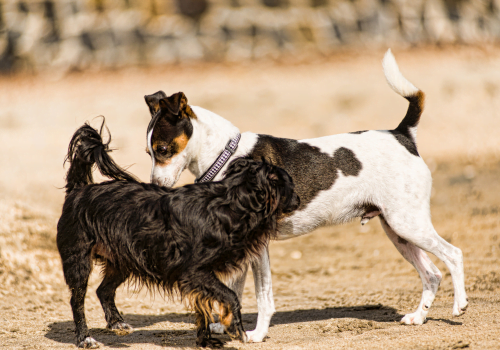
Helping Your Dog Beat Their Fear
Slow Socializing
Introduce your dog to other dogs in a safe space. Start slowly and help them gain confidence over time. You can do this by:
- Arranging playdates with calm
- and well-socialized dogs: Begin by introducing your dog to one or two friendly dogs in a controlled environment, such as a private yard or an empty dog park.
- Gradually increasing the number of dogs they interact with: As your dog becomes more comfortable, you can slowly expose them to more dogs, always making sure they feel safe and secure.
- Attending dog training classes or socialization groups: These gatherings can be a great way to help your dog gain confidence and learn to interact with other dogs under the guidance of a professional.
Positive Reinforcement
Give your dog treats or praise when they’re calm around other dogs. This teaches them to associate good things with other dogs. Here are some tips for using positive reinforcement:
- Use high-value treats that your dog loves, such as small pieces of chicken or cheese.
- Praise your dog in a calm, soothing voice when they display relaxed behavior around other dogs.
- Be patient and consistent, rewarding your dog every time they show positive behavior around other dogs.
Get an Expert’s Help
If your dog’s fear is extreme, you might want to work with a professional dog trainer or behaviorist. They can help by:
- Assessing your dog’s specific needs and creating a customized training plan.
- Teaching you and your dog coping strategies and techniques to manage their fear.
- Providing ongoing support and guidance to ensure the best possible outcome for your dog.
FAQ Section
How can I help my dog feel less scared during walks?
A front-clip harness can give you more control, and rewarding calm behavior helps create a positive experience with other dogs. Also, try to avoid situations that may cause your dog to feel overwhelmed, such as walking in crowded areas or during peak dog-walking times.
Should I keep my dog away from other dogs?
Avoiding other dogs entirely can make things worse. Controlled exposure is the key. Gradually introducing your dog to other dogs in a safe and positive environment can help them learn to feel more comfortable over time.
How long does it take for my dog to stop being scared?
It depends on the issue’s severity and how consistent you are with training. Some dogs may overcome their fear relatively quickly, while others may require more time and patience. Stick with the training, and you’ll likely see progress.
Can medicine help my dog’s fear?
Sometimes, but talk to a vet before trying medication. In certain cases, medication such as anti-anxiety drugs may be prescribed to help manage your dog’s fear. However, this should always be done under the guidance of a veterinarian and in conjunction with a behavior modification plan.
Is it normal for my dog to be scared of certain dogs?
Yes, they might fear specific breeds or sizes based on past experiences or preferences. It’s essential to pay attention to these triggers and take them into account during your dog’s training and socialization process.
Can an older dog overcome their fear?
It might take more time and patience, but older dogs can still learn to be less scared with consistent training and positive reinforcement. Remember that it’s never too late to help your dog overcome their fears.
Conclusion
Figuring out why your dog is scared of other dogs is the first step to help them. By noticing the signs, using slow socializing, positive reinforcement, and getting expert help when needed, you can help your dog face their fears and live a happier, more confident life. Keep in mind that patience and consistency are crucial to making your dog feel more at ease around other dogs.


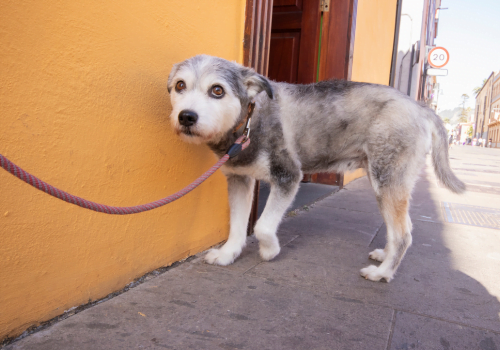

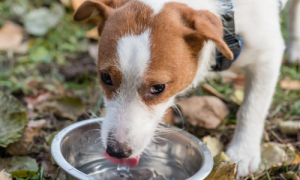
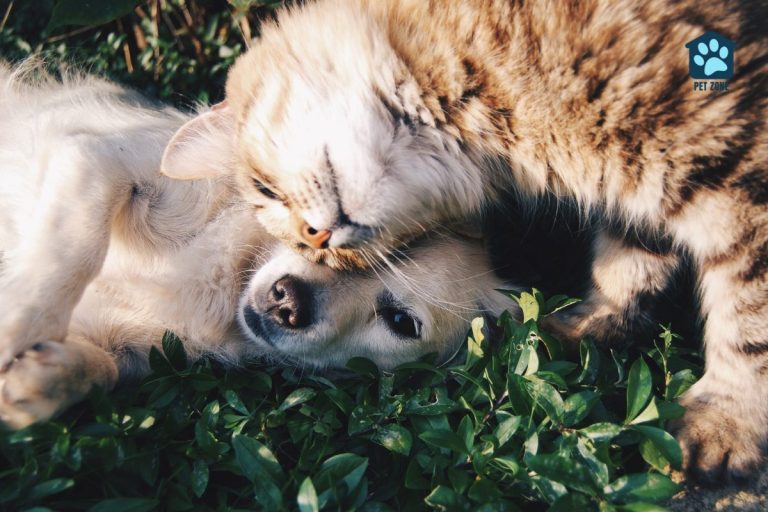
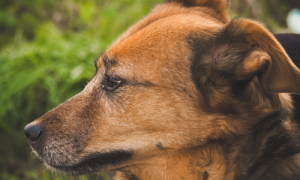
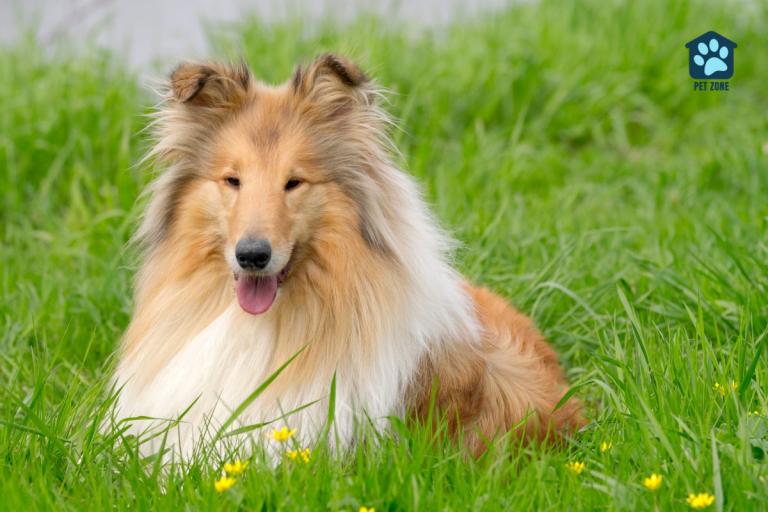
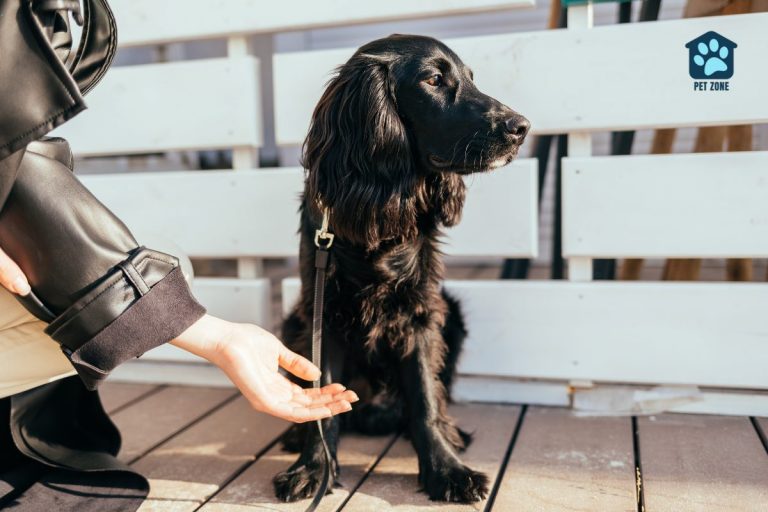
Greetings! Great post.